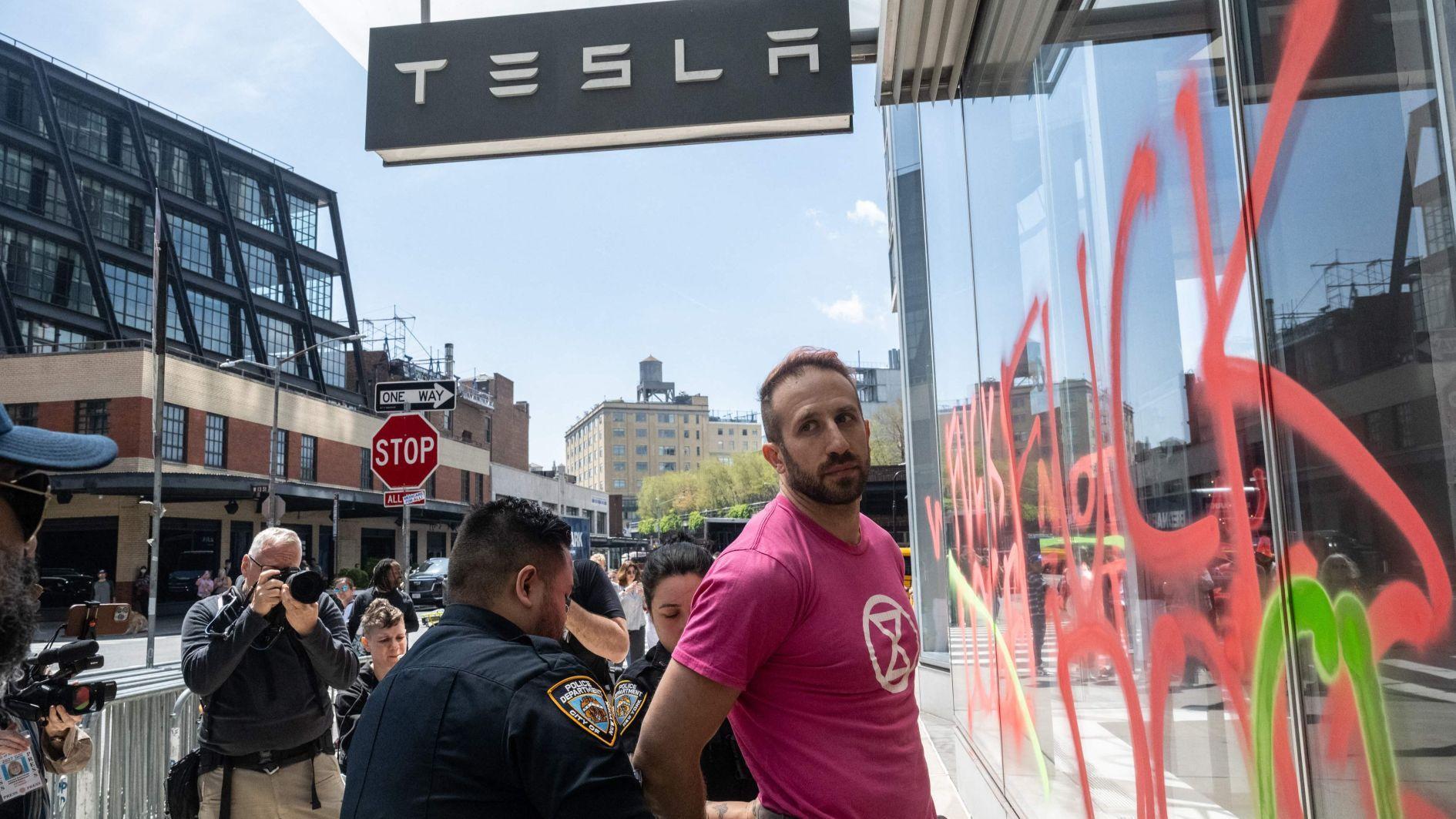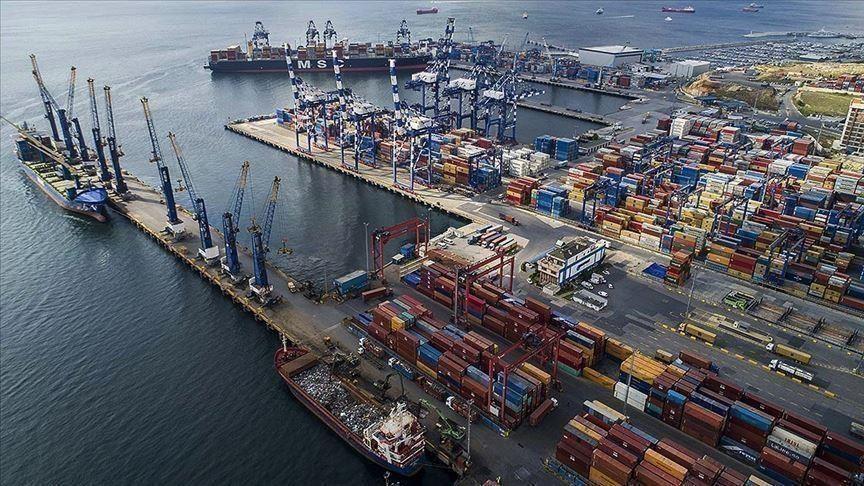The ‘big picture’ in Syria
It is difficult for the “big picture” in Syria to be seen with any degree of clarity in Turkey because of the Recep Tayyip Erdoğan government’s one-dimensional, pro-Sunni policy toward that country’s regime.
The public, under the influence of the Justice and Development Party’s (AKP) narrative, got the impression that there was a merciless irreligious regime on the one side and an oppressed Muslim public that was being killed off by this regime on the other.
But as the fire in Syria grows, the same public now sees the “Syrian reality” much better, and this is ringing alarm bells in nationalist quarters. The reason is the unexpected moves by Syria’s Kurds who, in a largely bloodless manner, are moving toward establishing an autonomous region along the border with Turkey.
Turkish nationalists are up in arms now that conditions which Ankara could not foresee or control are acting as a midwife for a “Greater Kurdistan,” and are bombarding the government, and especially the overly ambitions Foreign Minister Ahmet Davutoğlu, with vitriolic criticism over this.
In the meantime, it was noteworthy of Prime Minister Erdoğan to have underlined the importance Turkey attaches to Syria’s territorial integrity during his recent visit to Moscow. It will be no surprise to hear this being said more by Ankara from now on.
Of course, AKP sources claim Turkey always underlined this point, but this was never made a central theme in the government’s narrative on Syria, which concentrated mostly on the singular notion that the regime in Damascus had to go.
In the meantime the concerns of Syrian Alawites and Christians, who generally consider the regime as protection against the majority Sunnis, were overlooked. The Kurds, who seized a historic opportunity with the U.S. invasion of Iraq, and who are now the recipients of another historic opportunity in Syria, were also disregarded.
But that is changing now, and as it does, some unsavory possibilities for Turkey pertaining to the “big picture” in Syria should be pointed out. To start off with, it should be noted that Syria is a reverse image of Iraq.
In Iraq, a minority Sunni regime led by Saddam Hussein oppressed the majority Shiites. In Syria the minority Alawites were in the driving seat, oppressing the majority Sunnis, even if the government and army included secular Sunnis. Caught in the middle, the Kurds were traditionally oppressed in both countries.
Put simply, Iraq’s divisions along sectarian, religious and ethnic lines act as a harbinger of what can be expected in Syria. The deadly bombings across Iraq this week were particularly noteworthy in this respect. Evidence is mounting that these bombings are not independent of developments in Syria. As matters stand, al-Qaeda says it wants an Islamic republic that incorporates both countries.
Other likely scenarios in Syria, in line with what is happening in Iraq, include increasing tension between Arabs and Kurds, which will add a new dimension to Turkey’s headaches. There is also the distinct possibility that Alawites and Christians, who represent a quarter of the country, will act together against the “common enemy” and try to carve out their own secure territory along the coast. This will obviously hasten the division of the country, which is something Turkey now fears.
Meanwhile, Prime Minister Erdoğan told a private channel on Wednesday that they will not just sit and watch as developments unfold in the predominantly Kurdish northern part of Syria, adding that Turkey had every right to intervene there. But any military operation that Ankara authorizes against pro-PKK elements in northern Syria is bound to drag the country into new and unwelcome adventures, which will not only ruin the ongoing rapprochement with Kurdish northern Iraq, but also aggravate the Kurdish problem in Turkey.
With the “big picture” in Syria gaining increased clarity for Turks, it is becoming clearer to them that none of the options in the country are good for Turkey.











